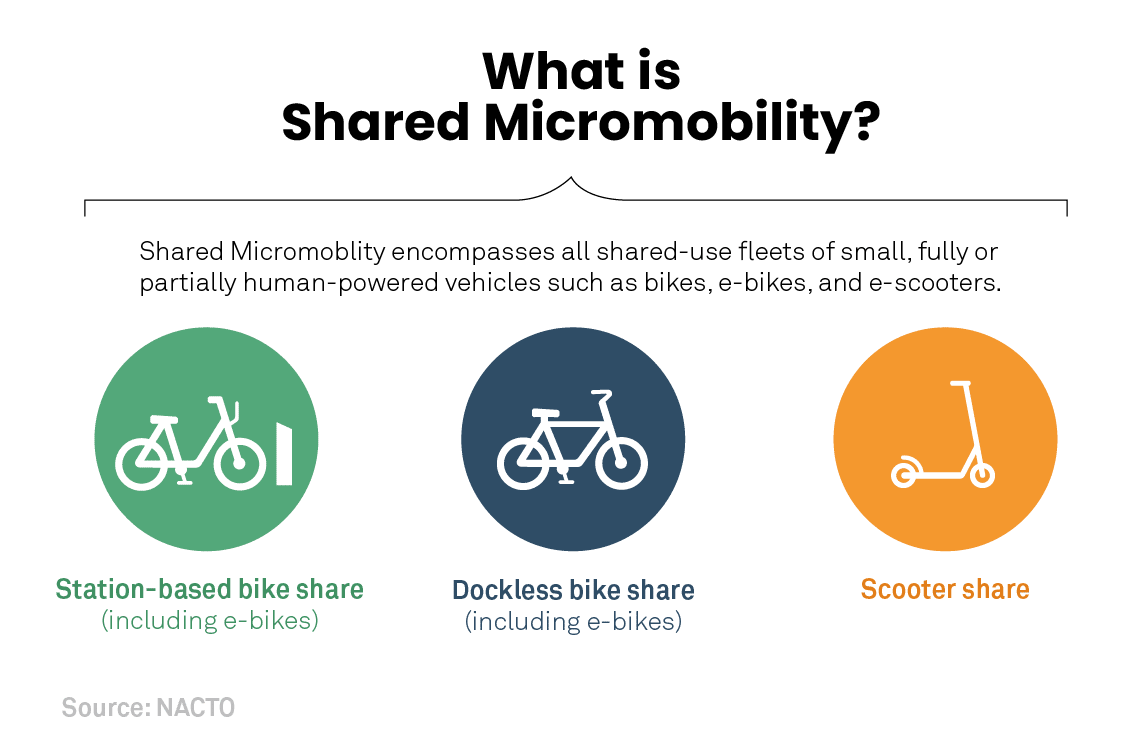An Introductory Overview Of E-Bike Regulations And Standards In Your City
An Introductory Overview Of E-Bike Regulations And Standards In Your City
Blog Article
Web Content Create By-Nyholm Dejesus
Before you hop on your e-bike and hit the streets, it's vital to understand the laws and regulations that regulate your city. From speed restrictions to assigned riding areas, there's a lot to think about to ensure you're certified and risk-free. By acquainting on your own with the regulations certain to e-bikes, you'll be better geared up to appreciate your trips without any unexpected legal concerns. Stay tuned to discover vital insights that will certainly help you browse the e-bike landscape in your city flawlessly.
Comprehending E-Bike Category
When it pertains to browsing the realm of e-bike regulations and policies, an essential starting point is understanding the classification system that classifies these electric bicycles. E-bikes are typically identified into 3 major classifications: Class 1, Class 2, and Class 3.
Class 1 e-bikes are pedal-assist only, meaning they offer help while the biker is pedaling and have a maximum speed of 20 miles per hour. Learn Even more Here are allowed in locations where conventional bicycles are allowed.
Class 2 e-bikes are equipped with a throttle that can drive the bike without pedaling. They likewise have a maximum speed of 20 miles per hour and appropriate for motorcyclists that might require assistance without pedaling constantly.
Class 3 e-bikes are similar to Class 1 yet with a greater maximum speed of 28 miles per hour. These bikes are usually limited from particular bike paths or routes because of their higher rates.
Understanding these classifications is important for abiding by regional policies and making certain a risk-free and pleasurable e-biking experience.
Navigating Rate Limits and Restrictions
To properly navigate e-bike regulations and laws, it's essential to understand the rate limitations and restrictions that apply to various classes of electrical bikes.
Rate restrictions for e-bikes vary relying on the category of the bike. Class 1 e-bikes, which are pedal-assist only and have a maximum speed of 20 mph, are normally permitted on bike lanes and paths.
Course 2 e-bikes, which have a throttle along with pedal-assist and likewise reach rates of approximately 20 mph, may be limited in specific locations where motorized vehicles aren't allowed.
Class 3 e-bikes, with pedal-assist approximately 28 miles per hour, are normally called for to follow the same rules as conventional bicycles.
It is essential to stick to these speed limits and constraints to guarantee your safety and security and the safety of others on the road. Before riding your e-bike, acquaint yourself with the details guidelines in your city to prevent any kind of prospective fines or lawful concerns.
Where to Trip Your E-Bike
To identify where you can ride your e-bike, it's vital to be aware of the guidelines and standards specific to your place. In most locations, e-bikes are generally permitted on roads and roads where traditional bikes are permitted. This might consist of bike lanes, bike courses, and shared roadways. Nonetheless, it's important to check local laws as some cities might have particular constraints on where e-bikes can be ridden.
When riding your e-bike, constantly focus on safety and security by following traffic rules and valuing pedestrian pathways. Furthermore, bear in https://sites.google.com/view/zugobike/ of designated bike lanes or courses in your area and utilize them whenever feasible to make sure a smoother and more secure experience.
Some cities also have policies relating to e-bike use on sidewalks, so make certain to familiarize on your own with these rules to prevent any kind of fines or charges.
Final thought
Now that you're familiar with the regulations and laws surrounding e-bikes in your city, you can with confidence hit the trail recognizing where you can ride and what restrictions put on your e-bike classification. Remember to constantly prioritize safety and security and follow the regulations to guarantee a smooth and lawful trip. Satisfied riding!
